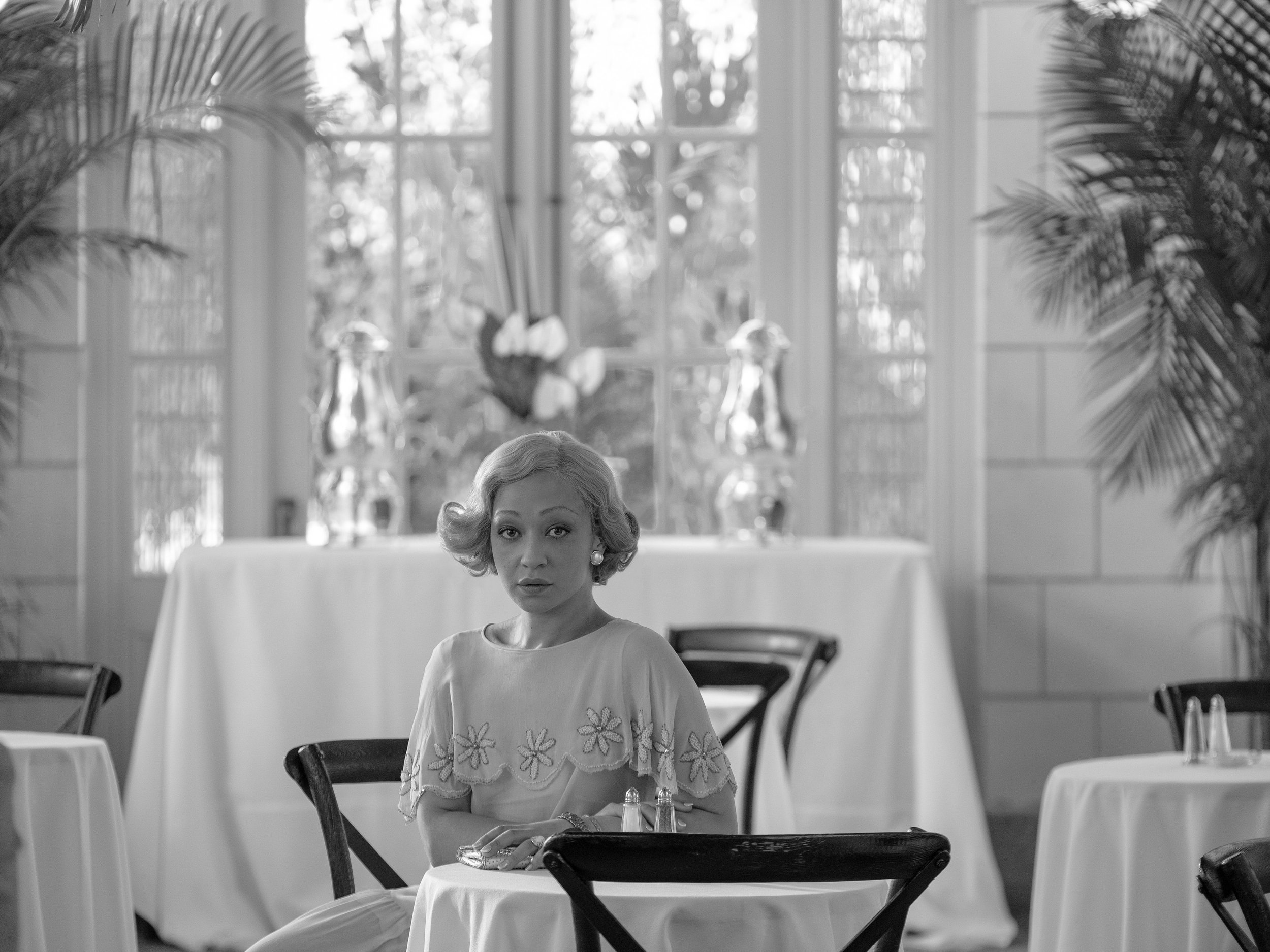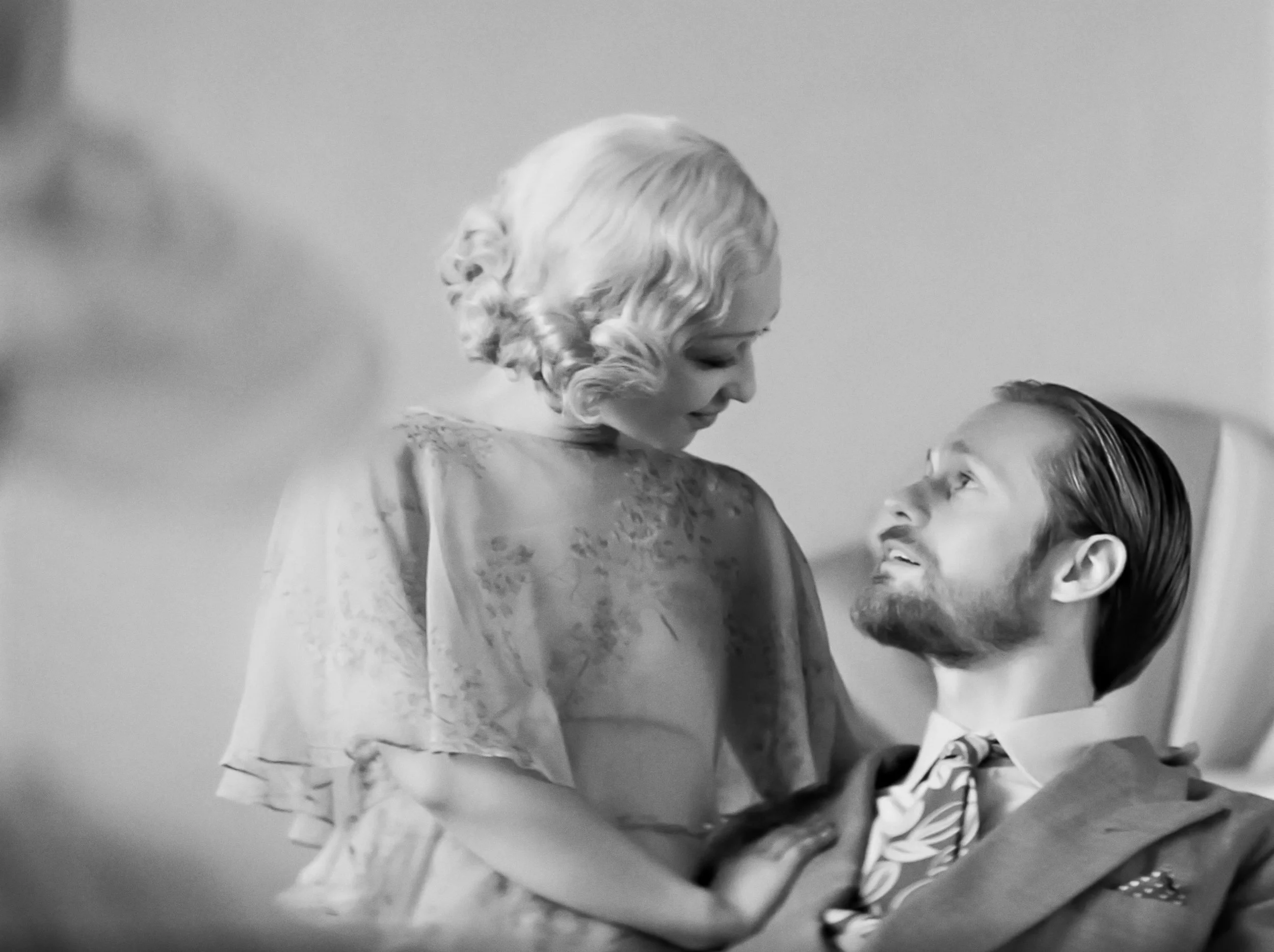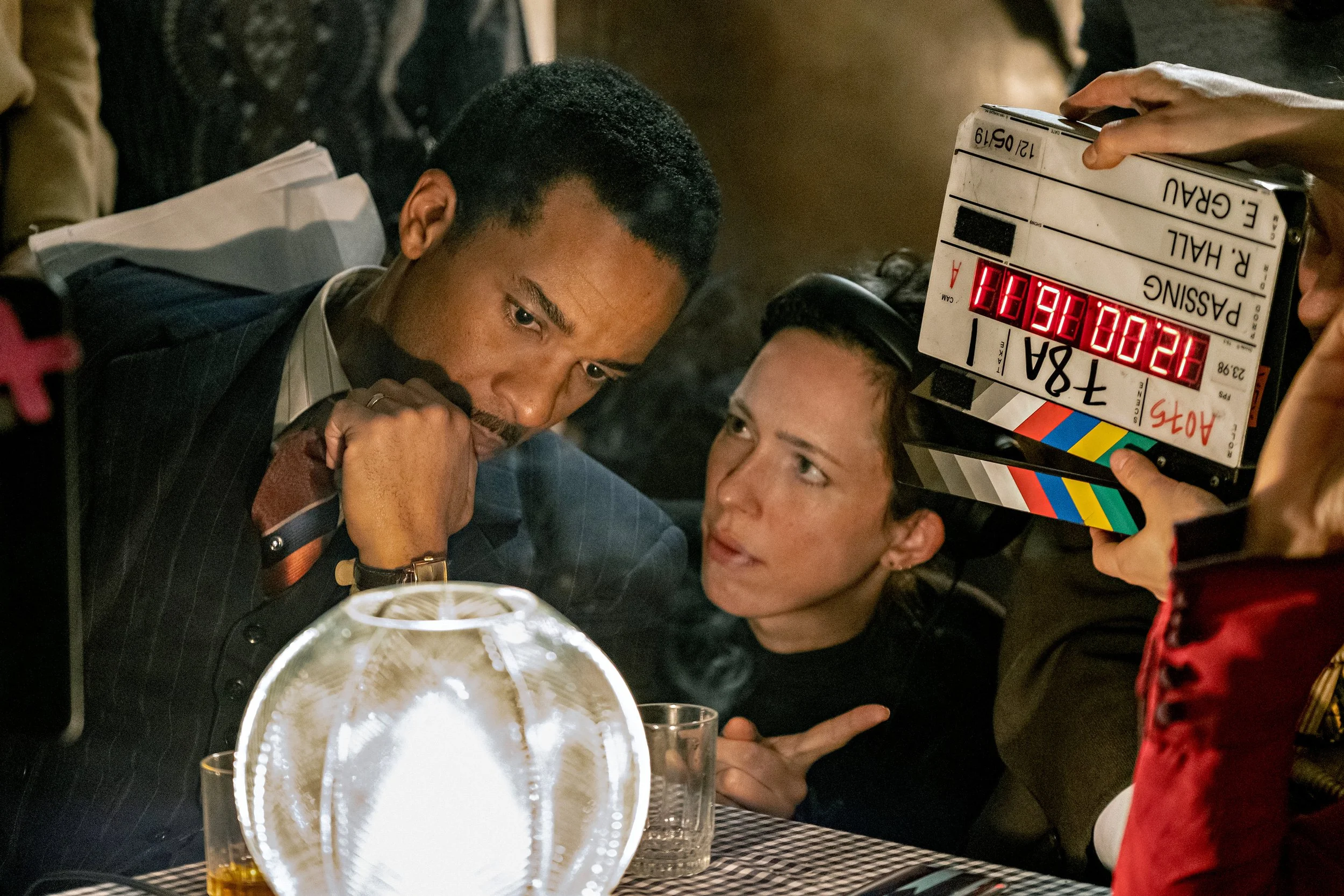Passing Review: A Colorful Portrait of Race Painted In Black & White
““We’re all passing for something or other, aren’t we?””
Passing is the concept that a member of a race group can “pass” for a member of another race. Existing as early as 1664, passing was adopted by enslaved black women who were being raped on plantations to increase the slave population. In the antebellum period (the span of time between the War of 1812 and the start of the Civil War), passing as white was a way to escape slavery. With their newfound freedom, white-passing slaves could then use their white appearance as a means to be emancipated from the plantations they fought so hard to get away from. However, once the Emancipation Proclamation passed in 1863, passing was no longer needed and fell out of favor with the black community. Then, during the Reconstruction era, passing regained popularity amongst the rise of white supremacy groups like the Ku Klux Klan and to evade segregation laws so that those who passed could get a job, go to school, or travel. Passing has remained popular ever since, although the concept has gotten more controversial, being seen as a rejection of their skin color, family, and culture.
All this may make it sound like only black people pass, but that’s not true. Grey Owl, Iron Eyes Cody, Asa Earl Carter, Jay Marks, William Ashbie Hawkins passed as Indigenous Americans (prompting the passing of the Indian Arts and Crafts Act of 1990), Vijay Chokalingam (an Indian American) passed as black for years, John Roland Redd (an African American) passed for Indian, and Jessica Krug (a white woman) passed for many races such as Algerian-American, Afro-Boricua. These are only examples in the United States, so there are likely very many more people who’ve passed for another race at one point in another in their life.
I’m not going to sit here and pretend I know the reasons for passing. To be frank, I didn’t know passing was a thing until I saw Passing. I’m a white man who grew up in the Midwestern United States, so the only exposure I received in regard to racial-based topics such as this one was in my textbooks, where we spent a week (if that) talking about how slavery affected the United States, during Martin Luther King Jr. Day, where the teacher popped in Our Friend, Martin and Black History Month, where the teacher popped in the VHS for the Disney adaptation of John Henry. I didn’t learn about Malcolm X, Muhammed Ali, or any of the important civil rights movements during my time at school. I had to find it all out as an adult through watching documentaries or reading books.
As Irene says in the film to Hugh after discussing the notion of a white person passing for a person of color, she says simply, “Why should you?” a subtle nod towards Hugh’s assumptions about race, but we’ll get into that later.
In Passing, a film adapted from the 1929 novel of the same name by Nella Larsen, is about two Black women, Irene Redfield (Tessa Thompson) and Clare Kendry (Ruth Negga), who can “pass” as white but choose to live on opposing sides of the color line during the height of the Harlem Renaissance in late 1920s New York. After a chance encounter reunites the former childhood friends one summer afternoon, Irene reluctantly allows Clare into her home, where she ingratiates herself to Irene’s husband, Brian (André Holland) and family, and soon her larger social circle as well. But, as their lives become more deeply intertwined, Irene finds her once-steady existence upended by Clare, and Passing becomes a riveting examination of obsession, repression, and the lies people tell themselves and others to protect their carefully constructed realities.
Passing marks the directorial debut of Rebecca Hall, who also wrote the screenplay. In large part, Hall both directing and writing the screenplay for the film is a big benefit to the film, as she can carefully craft the direction for the film in the screenplay stage, giving her a huge head start when it comes to the first day of filming. All of that preparedness show on screen, as Passing never strays from the main narrative of racial identity, obsession, repression. Hall takes Larsen’s novel and treats the story as one long poem that forces the characters to confront their perceptions. It’s unrelenting, cramped, uncomfortable, but I couldn’t take my eyes off the screen.
“It isn’t charity work if they pay me for it.”
Cinematographer Edu Grau reinforces this idea by framing the characters into a 4:3 aspect ratio in gorgeous black & white, which forces the viewer to pay less attention to the character’s skin color and more on the story being told about the color of their skin. As a result, it’s a much more cerebral experience than your average racial drama (looking at you, Green Book). In fact, some shots downright boggle the mind, like when Grau switches to Irene’s POV (something that frequently happens in the film) when she sees Clare for the first time or when there’s subtle but noticeable distortion on the lens.
This attention to detail carries over in the costume work by Marci Rodgers. Every piece of clothing has a specific purpose and meaning to each of these characters. Without Rodgers’ work, I fear that Passing’s costumes would be relegated to the fairly obvious afterthoughts that they so often become in most period dramas.
Hall is asking a lot from her cast here. Not only is Hall asking Thompson, Negga, Holland, and company to confront the concept of passing, but she’s asking them to take on a whole new affect to their personality. Every character in this film takes on a way of speaking in this manner that comes off as elegant or crude (depending on the situation). It’s most evident in Thompson’s first scene, where it feels like Thompson is constantly sounding like she’s running out of breath or using some kind of head voice. This could be attributed to the setting, but I like to think Hall was a purposeful choice to emphasize each and every word being said by the characters, making the viewer listen up any time a character speaks. Furthermore, there’s a bunch of face acting in the film, something that Thompson is astonishing at.
One example of this is in an early scene with Irene, John, and Clare. It’s a simple enough scene that starts with small talk between Irene and Clare where Irene talks about the life Irene has built for herself in Harlem with her husband Brian and two sons. Then, John interrupts the two friends’ reunion and, assuming Irene is White, tells her his worldview about Black people to her.
“As the years go by, she’s been getting darker...from then on, she’s been Nig.”
After John’s bombshell is dropped onto Irene, Thompson proceeds to deliver one of the best performances in her filmography. She actively tries to keep her body language in check as John tells her about his nickname for Clare, which in John’s mind is an inside joke between him and Clare, who he assumes also hates Black people since she looks white. We don’t ever hear the n-word specifically, but this demonstrates that John would just as soon as use the word while walking down the street. This scene is played by Thompson and Negga as a challenge not to react to John’s casual racism and to get out of there as soon as possible without alerting John.
On the opposite side of this casual racism is a White writer, Hugh (Bill Camp), posing as an ally but comes off as condescending, or as Irene puts it, talking to her as if he’s writing an article for National Geographic. He’s the antithesis of John, where Irene is allowed to open up about what racial identity means to her and her position on passing. Thompson and Camp have a lovely back and forth each time the two meet that allows the viewer to explore their prejudices about race as binary.
Editor Sabine Hoffman does a great job of helping Hall draw in the audience. Having seen this both at Sundance 2021 and on Netflix, this version is edited into a slow burning but perfectly paced film. The topics being discussed are heavy but Passing never gets bogged down by explaining the concept over and over again. Each scene is a back and forth, like when Brian tells his son about a Little Rock lynching, with Irene pushing back against him, trying desperately to keep her two boys innocent until they don’t have to be. Both sides are understandable, even if it is painfully obvious that one of them isn’t possible. The new Netflix edit makes the film perfectly balanced.
The score by Devonté Hynes is simply hypnotic. The jazzy score emphasizes the film’s overall sense of sadness, wondering, inevitably, and all the in-between emotions.
Passing is one of my favorite films of the year. It reminds me of last year’s One Night in Miami, which remains one of my favorites of last year, so here’s hoping that Hall and company get the much-deserved recognition for their wonderful work in this film.
Passing is now available to stream with a Netflix subscription.
★★★★★
Until next time!
Thanks to Thomas Stoneham-Judge from Movies For Reel, Shane Conto, Joseph Davis, David Walters, and Ambula Bula for supporting Austin B Media on Patreon!














